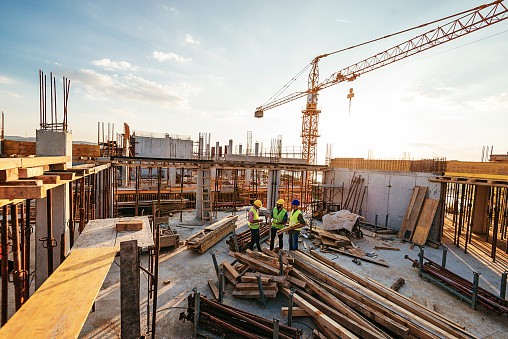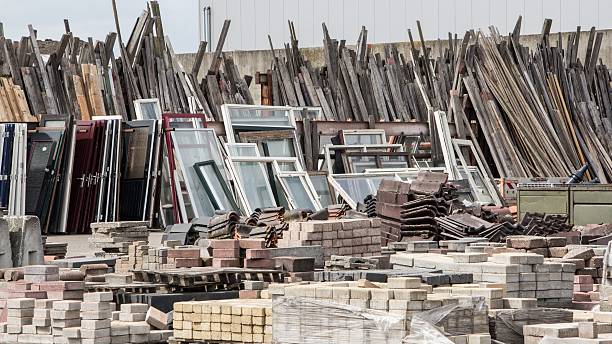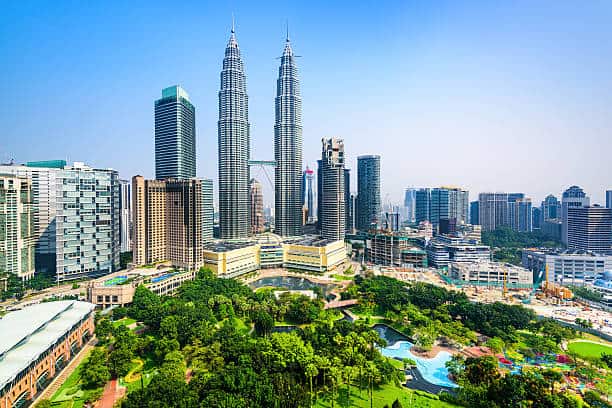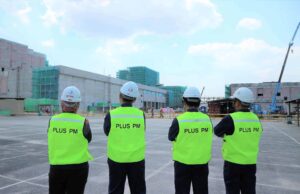Critical issues in Malaysian construction industry in 2022
Covid-19 pandemic delayed the economic growth, and it did impact to construction industry. In 2022, the global economic starts to recover slowly. However, global construction industries are still facing several issues including manpower shortage, construction cost increase and consumer spending behavior changing. As a PM/CM consultant in Malaysia, here are some important points that we would like to share.
Shortage of manpower

The construction industry is one of the industries which has a high demand for manpower to carry out the work. However, the country lockdown has significantly reduced the number of foreign workers. Although the recruiting of foreign workers has resumed in February 2022, the number of foreign workers in Malaysia is not sufficient yet in many industrial fields. This caused due to the slow government approvals, etc. Malaysia relies on foreigners for factory, plantation and service sector jobs. The shortage of manpower slower down the work progress and increase the construction cost as the labour wages have increased tremendously.
The number of foreign workers in the Malaysian construction industry has reduced significantly due to the COVID-19 pandemic. The Government of Malaysia has taken several measures to reduce the shortage in the workforce. Some industries have relaxed the conditions of hiring foreign workers while others are maintaining the status quo. The Government has also encouraged overseas workers to return to their home country to reduce their number in the country. Additionally, the Government has imposed strict quarantine measures to prevent the spreading of the virus. These measures have helped to reduce the spread of the virus in the country. However, these measures have also increased the shortage of the workforce in the construction industry. The increase in the construction cost due to increase in the cost of labour has also led to an increase in the construction costs of the projects.
Despite the measures taken by the Government, the construction industry faces a shortage of workers in the coming years. Thus, the Government should take more steps to address the problems faced by the industry.
As a global gateway and regional economic hub, Malaysia relies heavily on foreign workers to carry out many agricultural and industrial activities. While the COVID-19 pandemic has brought the global economy to a standstill, it has particularly affected Malaysia as the economy is highly dependent on foreign labour. The shortage of workers has caused many industries to shut down their operations temporarily and affected many people adversely. This has had a negative impact on the country’s economic growth. The fall in output has also resulted in the reduction of productivity in many sectors and increased the cost of production. Many sectors of the economy are on the verge of collapse because of the lack of adequate labour force. The construction sector is facing a severe shortage of skilled laborers that will affect the economic development of the country. Thus, the Government should take steps to increase the workforce and make efforts to increase the productivity of the sectors.
There are several reasons for the shortage of workers in the Malaysian construction industry. Firstly, the workers are reluctant to return to work due to the fear of contracting the disease. Secondly, many construction workers have lost their jobs because of the closure of their businesses due to the imposition of quarantine measures by the Government. Thirdly, many construction sites have been shut down owing to the increasing spread of the disease in the country. Finally, the lack of skilled workers in the industry is making it difficult to complete the projects on schedule. These are some of the reasons behind the shortage of workers in the Malaysian construction industry.
The Government should take a number of measures to address the shortage of workers in various sectors of the economy. It should make efforts to encourage skilled workers to return to the workplace after recovering from the coronavirus disease, and also recruit new workers to fill vacant positions to meet the growing demand for manpower in the construction industry.
Fluctuation of material cost and construction cost in Malaysia

The lockdown affected the planning of all industries including logistics industry. In addition to the long-term lockdown in China, high gasoline prices, a lack of shipping containers and the shortage of manpower and restriction to enter the country had broken the global supply chain. The shortage of supply caused the fluctuation of material costs and increased construction costs eventually.
According to Building Materials Cost Index December 2022 provided by DOSM, compared to last year (2021), the average prices of steel and cement climbed by 10.2 percent and 9.0 percent respectively. A monthly comparison by construction materials and areas showed an increase in the unit price index for selected materials such as cement, bricks and masonry, sanitary materials, and paints in all areas of Peninsular Malaysia, Sabah, and Sarawak
The unit price index for cement recorded an increase of 1.5 percent in December 2022 compared to November 2022 and showed an increase for two consecutive months. Coal is used as the main energy source for the combustion process in cement production, so the increase in coal price is one of the reasons for the price increase of this material.
Meanwhile, the unit price index of steel recorded a slight decrease of 0.4% compared with November 2022, and the decrease in the price index of steel is in line with the decrease in the prices of the world’s main raw materials such as iron ore and steel at the global level. Nevertheless, the December 2022 unit price index for construction materials recorded year-on-year increases ranging from 1.8 to 11.8 percent. The unit price index for steel and cement increased by 1.8 percent and 8.4 percent year-on-year, respectively, in December 2022
The average price of cement (ordinary Portland cement) recorded a slight increase of 0.3 per cent to stand at RM20.95/ 50 kg compared to RM20.88/ 50 kg (November 2022). Meanwhile, the average price for aggregates and sand remained unchanged at RM41.14 per tonne and RM36.30 per tonne respectively.
Trend of investment in Malaysia

On the other hand, investment in Malaysia started to recover as well as the gradual recovery of the world’s economy.
The investment situation in Malaysia is recovering. According to the statistics of MIDA, the total amount of investments in the services, manufacturing and primary sectors got increased by 2.5% compared to one in the period from January to September 2021, and more than half of the investment depends on foreign direct investment (FDI). About 60% of the investment is in the service sector, and the areas which obtained significant investments were Johor, KL and Selangor.
Ending the pandemic of Covid-19, Malaysia will be more attractive to international investors with its strategic location, abundant natural resources and vibrant human resource. Given the increase in investment in the service sector, the Government focuses on the digital economy and energy and high-value manufacturing.
For companies that are looking to expand their operations into Malaysia, MIDA can help you set up a branch office. It can also assist you with obtaining a license to conduct business in Malaysia if your company is based abroad.
Once your company is registered, you can apply for investment incentives from the Malaysian Investment Development Authority (MIDA). MIDA offers several tax exemptions and other incentives to encourage foreign investment in Malaysia. To be eligible for these incentives, your company must be registered with MIDA and meet certain conditions.
In addition to the tax incentives, Malaysia offers several other benefits for foreign investors. For example, it has a Corporate Income Tax (CIT) rebate program that provides up to 100% refund of corporate income tax. Also, all companies registered in Malaysia are exempt from withholding taxes on dividends and interest payments. Even if you do not invest in one of the free zones, MIDA can help your company set up operations in Malaysia’s major economic zones such as Kuala Lumpur, Penang and Johor Bahru. These zones offer a variety of facilities including office space, utilities and telecommunications services at discounted rates.
Expectation in year 2023
Here are our expectations for 2023 according to above-mentioned points.
-Manpower will be relatively recovered because of the ease of restriction and more job opportunities by investments in Malaysia. There will be more job opportunities for foreign workers in Malaysia because of the ease of restriction and recovery of manpower. The government can also bring back its investment by providing jobs to the people and improving the economy.
-International investments will be more active. The world economy is moving toward a more open system. Many countries are reducing tariffs and restrictions on trade, making it easier for goods, services, people and ideas to flow across borders.
-More projects from the service and manufacturing sector will be planned mainly in Johor, KL, and Selangor. The government is also planning to build more industrial parks and free economic zones (FEZ) in the country. This will be done in collaboration with the private sector, which will be given incentives to invest in these areas.
For those who are considering investing in Malaysia’s construction market, we at Plus PM Consultant Sdn. Bhd., is more than happy to utilize our construction management approach in offering our project management services.
We handle factory construction, condominium construction, and hotels, among many others.
In addition to construction, do also consult with us regarding construction consulting affairs across all construction investments.




